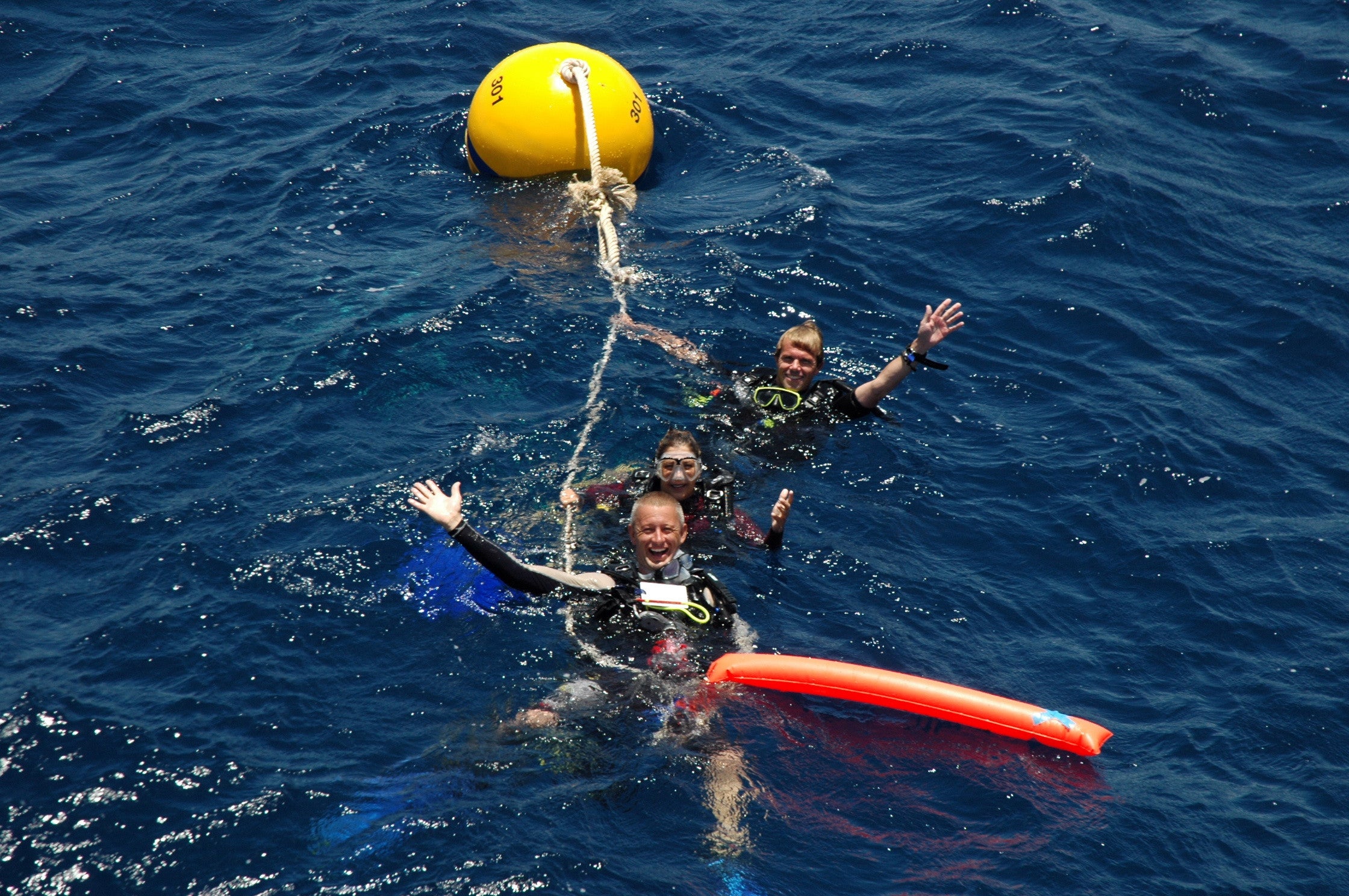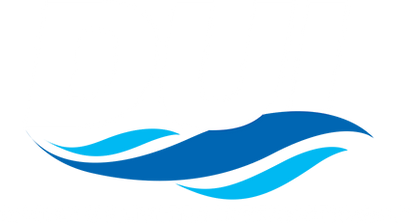Scuba Surface Marker Buoys (SMB) – a How-to Article

 This article is NOT a substitute for instruction by a qualified instructor and training agency. DO NOT USE this or any equipment until you have practiced and mastered practical diving skills, including emergency skills, in a controlled environment under the supervision of a dive instructor, certified by a nationally recognized instructional organization and knowledgeable in the use of this type of equipment.
This article is NOT a substitute for instruction by a qualified instructor and training agency. DO NOT USE this or any equipment until you have practiced and mastered practical diving skills, including emergency skills, in a controlled environment under the supervision of a dive instructor, certified by a nationally recognized instructional organization and knowledgeable in the use of this type of equipment.

Sometimes the best dive plan dive runs into a detour, it shouldn’t happen but occasionally it will. The intention was to do drift dive along the reef with your dive group. However, that yellow frog fish caught the attention of you and your dive buddy and now that group is out of site. The contingency was to mark position of separated divers and have the boat pick them up. A Surface Marker Buoy (SMB) is the necessary piece to this puzzle.
Unlike a surface marker or safety sausage, which is designed to be inflated on the surface, the SMB is built to be inflated at depth and sent to the surface on a line. This device is not to be confused with a lift bag, although some divers will use a lift bag for this purpose. SMB’s are not designed for lifting, the over pressure valve (OPV) is designed to relieve pressure as the unit ascends and excess pressure can be vented. A flapper valve keeps the SMB inflated even if it falls on its side on the surface.
The reason for inflating at depth is to save time and mark the dive team’s position as soon as possible. This will allow for a safety stop or required decompression to commence while the boat moves into position. A tiny puff of gas into the SMB can be used, to keep keep it upright and easy to manage underwater. The connection point for the line can be a small ring/ clip on a loop on the bottom of the SMB or simply a loop of material. It will be necessary to connect to this attachment point either by running a loop of line through the connection point over the reel and back so it snugs up. BTW, that’s why reels are shipped with a large loop that the reel fits through. Or you can attach a clip to make the job easier, a decision you will make during training. Remember you WILL be neutrally buoyant and drifting while doing this, so don’t drop the reel! Divers can opt for a Finger spool or reel but should have at least double or more, the amount of line on the reel from which the SMB is deployed.
There are various methods to inflate an SMB. There are pros and cons to every technique. Whichever technique you choose it will require training and practice. A few simple tips include only having enough out of the reel/spool line needed to maintain control, be neutrally buoyant and trim before starting. Look up to see if the boat hasn’t found you first or that a group of divers isn’t directly overhead.
The examples already assume the line is already attached to the SMB. Most divers prefer the SMB in the left hand.

Using an alternate air source to inflate. Divers should not use the primary regulator to inflate the SMB. This technique will get a large amount of gas into the SMB quickly. However there is still a chance of free flow. Since marking buoys are usually sent to the surface at the end of the dive, excessive loss of breathing gas may be an issue. It will also be necessary to secure the air source after the SMB is on its way to the surface. Entanglement is also a concern if the line wraps around the second stage.Inflating the bag while exhaling into the opening. This technique will require the SMB to be very close to the divers face the exhaust bubbles are directed into the opening while the divers head is turned to direct the bubbles into the opening. Vision will be reduced since the SMB will be almost against the divers face. There is a chance of the line entangling the regulator and getting pulled from the diver’s mouth. Getting enough gas into the SMB to keep it fully inflated on the surface may be difficult. However there is little chance of free flowing regulator and little gas is generally wasted.
Using the power inflator of the Air cell or buoyancy compensator. This method takes a bit of practice. This will only work if using a standard inflator, a unit with a built in alternate air source may be too large to use. This technique is a favorite with my Closed Circuit divers group. Grasping the power inflator and placing into the SMB and keeping the inflator above the air cell. Push the inflator and deflator buttons at the same time. This will inflate the SMB fast, there will be little or no chance of free flow, and the breathing cycle will be uninterrupted. There is also very little to cause an entanglement. Generally there will be no shift in buoyancy, but if there is the solution is in the divers grasp. Nothing to reset and full concentration on the task at
 “The examples already assume the line is already attached to the SMB. Most divers prefer the SMB in the left hand.”
“The examples already assume the line is already attached to the SMB. Most divers prefer the SMB in the left hand.”
Using the “No-Lock” inflator. Some models of SMB’s have a specific style of power inflator. This inflator utilizes the Low Pressure power inflator hose from the regulator. (It is recommended that the Drysuit inflator hose be used. Doing this will keep the diver from losing buoyancy.) Pull the collar back on the LP hose and place on the “No-Lock Inflator” push the hose into the inflator and it will add air to the SMB. The “No-Lock” Feature will keep the Low pressure hose from locking on and pulling the diver towards the surface. The added advantage is fast surface inflation.
Surface Marker Buoy scubaOnce the SMB starts its ascent the reel or finger spool will unwind rapidly, do not allow the line to release off the reel and create a loop this will cause it to jam (Back Lash). Keep the reel in front of you so you can manage it. Your free hand can act like a brake or drag. As soon as the line stops reel in the slack and maintain tension. This will keep the SMB upright and have a better chance of being seen.

So exactly what is your buddy doing while you seem to be doing all the work? Their job is to have a cutting tool out and ready in case of entanglement, this will keep the diver from being dragged to the surface. The second duty is to monitor depth and keep the team at the planned depth. When the team decides to ascend, tension is maintained by reeling in line while ascending. This will keep the SMB upright.
Shooting an SMB is a required skill for technical divers, advanced divers or any diver that may need to mark their location. Pick your Surface Marker Buoy style and practice, practice, practice.
Also in The Diving Log

DUI x Ocean Reef Collaboration
Diving Unlimited International (DUI) and Ocean Reef Group have partnered to combine DUI’s drysuit expertise with Ocean Reef’s full-face mask technology. The collaboration will reflect both companies’ shared mission to make diving more accessible and inspiring while setting a new standard for underwater exploration.

International Drysuit Day - June 23
On June 23, post your dive adventures using #InternationalDrysuitDay


